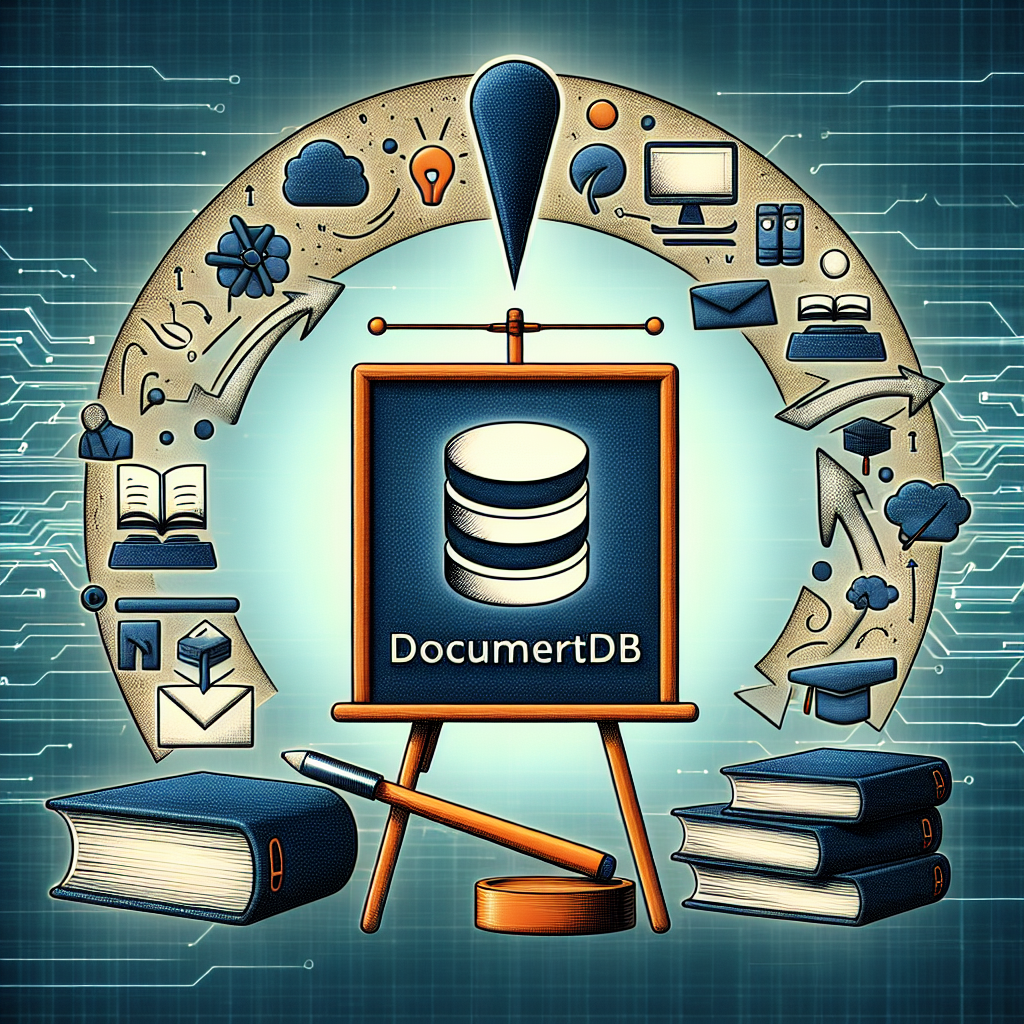Welcome to Continuous Improvement, the podcast where we delve into the world of software development and explore strategies for embracing continuous improvement. I'm your host, Victor, and in today's episode, we're going to deep dive into the concept of DevSecOps – the fusion of development, security, and operations.
In today's digital landscape, ensuring robust and secure software development practices is more critical than ever. That's where DevSecOps comes into play - by integrating security throughout the entire software development lifecycle, a proactive and continuous approach can be achieved. As organizations embrace DevSecOps principles and practices, security becomes an inherent part of the software delivery process. So let's dive in and explore the key components of DevSecOps and discuss strategies to design a secure DevSecOps pipeline.
The first key component of DevSecOps is to test security as early as possible. By integrating security testing into the development process, teams can identify and address potential risks in the early stages. Automated security testing tools like Static Application Security Testing (SAST) and Dynamic Application Security Testing (DAST) should be employed to identify vulnerabilities in code and running applications.
Next, DevSecOps encourages organizations to prioritize preventive security controls. Instead of solely relying on reactive measures, implementing secure coding practices, performing regular security code reviews, and establishing secure configuration management help reduce the likelihood of security incidents and mitigate potential risks.
Being prepared for security incidents is crucial. DevSecOps emphasizes the importance of having well-defined incident response plans and documentation. By doing so, organizations can ensure that when an incident occurs, the response is swift and effective, minimizing the impact on the software and the organization. Regular incident simulations and tabletop exercises can help refine incident response capabilities.
Automation is at the core of DevSecOps. By automating security checks, code reviews, vulnerability scanning, and deployment processes, organizations can reduce manual errors and improve efficiency. Automation enables continuous integration and continuous deployment (CI/CD), ensuring that security is not compromised during rapid software delivery.
Collecting metrics to continuously improve is another key aspect of DevSecOps. By analyzing metrics related to security testing, vulnerabilities, incident response, and compliance, organizations can identify areas for improvement. Continuous monitoring and metrics enable teams to track progress, identify trends, and implement targeted security enhancements.
Now, let's discuss strategies for designing a secure DevSecOps pipeline. The first strategy is to automate everything. Automate the entire software delivery pipeline, from code testing to deployment, ensuring that security checks are an integral part of the process.
It's also essential to include your organization's security validation checks. Tailor security validation checks specific to your organization's compliance requirements and standards, ensuring that your pipeline meets all necessary security measures.
Remember to start lean. Begin with a minimal viable pipeline and gradually add security controls as needed, maintaining a balance between agility and security.
Treat the pipeline as infrastructure. Apply security practices like version control, backup, and disaster recovery to the pipeline itself.
Implement changes to the pipeline incrementally, allowing for proper testing and validation before wider deployment. Having a rollout strategy ensures a smooth transition and minimizes the risk of security issues.
It's essential to include auto-rollback features in the pipeline. Incorporate automated rollback mechanisms in case security issues are detected post-deployment.
Establishing a solid feedback loop is crucial. Leverage observability and monitoring tools to proactively identify anomalies and gather feedback for continuous improvement.
Create production-like pre-production environments. Ensure that staging, development, and test environments closely resemble the production environment to validate security measures effectively.
Include integrity checks and dependency vulnerability scans. Verify the integrity of build packages and conduct thorough scans to detect and address vulnerabilities in dependencies.
Consider pipeline permissions and roles. Assign appropriate permissions and roles to individuals involved in the pipeline, ensuring security and accountability.
When incorporating compliance requirements into the DevSecOps pipeline, align the pipeline's security practices with internal policies and standards. Adhere to regulatory requirements imposed by external entities, such as the Monetary Authority of Singapore (MAS) or other relevant authorities. Evaluate the sensitivity and criticality of the software and identify the appropriate level of security to be implemented. Incorporate security requirements related to functionality, performance, and user experience.
Always remember to prioritize the security of the DevSecOps pipeline itself. Avoid storing passwords and keys in code or the pipeline, implementing secure secrets management practices. Perform third-party and library reviews using Software Composition Analysis (SCA) and conduct code reviews using Static Application Security Testing (SAST) to identify and address vulnerabilities. Additionally, use Dynamic Application Security Testing (DAST) to exercise the application dynamically and discover vulnerabilities and potential exploits.
To summarize, implementing DevSecOps practices allows organizations to prioritize security throughout the software development lifecycle. By incorporating compliance considerations, leveraging modern security automation tools, prioritizing preventive controls, and employing continuous monitoring and metrics, organizations can build a security-focused culture and deliver robust and trustworthy software solutions.
Thank you for joining me on this episode of Continuous Improvement. I hope you found valuable insights on implementing DevSecOps and designing a secure DevSecOps pipeline. Remember, security is a shared responsibility, and by embracing DevSecOps principles, we can continuously improve software development processes and ensure a secure digital landscape.
If you enjoyed this episode, be sure to subscribe to Continuous Improvement and stay tuned for more inspiring discussions. I'm your host, Victor, signing off. See you next time!


